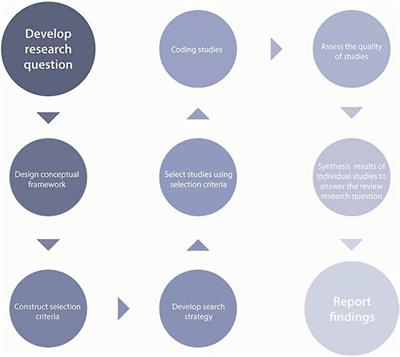A Systematic Review of Primary School Teachers’ Wellbeing: Room for a holistic approach

Although the investigation of mental health and wellbeing in education has shown an exponential increase on an international scale, attention has primarily been paid to students, leaving the concept of teacher wellbeing comparatively overlooked. Extant literature offers numerous divergent descriptions, with some academics even avoiding an explicit definition of the term. Thus, there are limitations and inconsistencies in understanding teacher wellbeing as a unique construct.
The aim of the current study was three-fold; 1) to assess the extent to which existing research reflects the multidimensional nature of the term teacher wellbeing, 2) to determine whether a holistic construct of teacher wellbeing could be justified, and 3) to evaluate the methodological quality of studies identified. A systematic review following the PRISMA statement was applied to peer-reviewed papers published between 2016 and 2021. Following the screening of 1,676 studies, this paper reports on findings drawn from a final sample of 61 articles conceptualising teacher wellbeing. Studies were organised by their dominant discourses, namely negativity/ deficiency, positivity/ flourishing, and/or professionalism. Findings illustrate that teacher wellbeing was primarily conceptualised with a professionalism approach (with 18 of the identified studies taking solely this perspective). This is not completely consistent with the prior work that focused on stress and burnout (negativity/ deficiency approach) while exploring teachers' mental health and wellbeing. More importantly, there were only 6 studies that considered all three discourses together. This paper argues that important information is lost through neglecting alternative lenses, requiring further attention in order to address teacher wellbeing comprehensively. Such an endeavour is essential for shaping interventions and strategies aimed not only at enhancing teacher wellbeing but also at improving student outcomes and, ultimately, the overall quality of education.
Read the full article at the original website
References:
